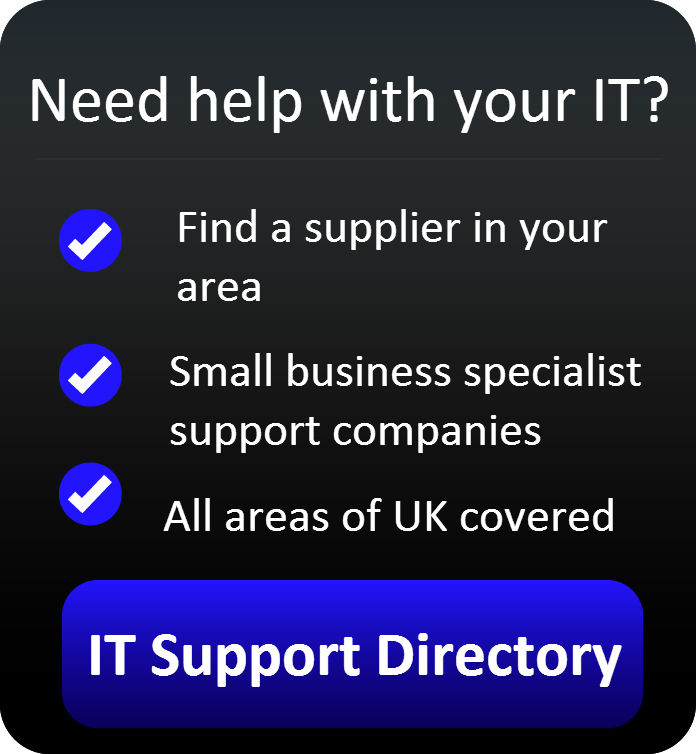What should your IT support agreement cover?
 If you are planning to outsource your IT support to another company then you may initially focus on the cost of such support - and maybe the supplier’s reputation
If you are planning to outsource your IT support to another company then you may initially focus on the cost of such support - and maybe the supplier’s reputation
However, it’s also important that you understand exactly what the support company is providing and what obligations they will have. This should be clearly explained in a support agreement.
There are a few key items which should be included in any support agreement. They might be covered in your support contract itself, or in a separate service level agreement (SLA) document.
Make sure your IT support agreement covers the following items:
Response and resolution time
These are two different items, so make sure you understand the difference between them:
- Response time is the time it takes the support company to acknowledge your call or email advising them of a problem.
- Resolution time is the time it takes to actually fix the problem.
Most IT companies can respond to your call within the hour, but don’t confuse this with resolving your problem within the hour. Many will offer an eight hour resolution time - which equates to a working day.
Support tiers
Many IT support providers arrange their support process in tiers: first line, second line and third line. Typically, first line support involves the classic ‘turn it off and turn it back on again’ response.
Second line involves someone with more knowledge looking at the issue. And third line tends to be where the real experts sit.
If a problem reaches third line, you can bet it’s serious. If your support company has a system of tiers in place this may indicate they are organised - but always consider if they are big enough to really have staff members at different levels.
Activity outline
These days, many IT companies don’t charge for support by the hour, but instead offer what they called ’managed services’. This is a way of bundling up a range of services and providing them for a flat fee each month.
They could include helpdesk support, remote support, email management, backup monitoring, virus scanning and so on. If considering a managed services provider, ensure they supply a list of key activities which they will carry out every month.
Exclusions
Most IT support companies will exclude certain items from the service they offer. This is normal, but you need to be aware of the exclusions and happy with them.
Exclusions typically include IT failure due to power fluctuations, water damage, theft, unauthorised modifications, and in a few other extreme situations. In any case, you should have a continuity plan in place to help you get up and running again as quickly as possible should you experience an extreme event of this nature.
Your IT support provider will probably still help if you have a problem caused by one of these items, but they are unlikely to stick to their guaranteed response times.
Excess charges
Check the charging schedule of your support agreement carefully. There are likely to be extra charges in a number of situations - for instance, where work has to be done out of hours.
Hours of operation
Your business may not work the same hours as your IT provider. If your staff start at 8am, but your provider doesn’t offer support until 9am, you may have problems - especially as many IT issues occur in the first hours of the day.
When choosing an IT support provider, remember that the support agreement is there to protect both parties in times of difficulty. Like all contracts, they can seem rather dull - yet they offer protection and are best agreed in advance.
Written with expert input from Craig Sharp of Abussi Ltd.
More on this topic:
- Download a sample IT support agreement (PDF, 100KB)
- Five essential areas for IT support
- Find an IT support company





